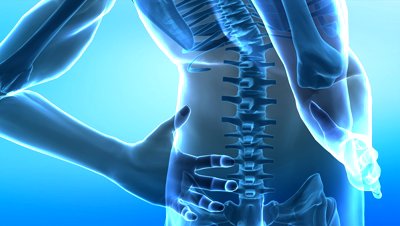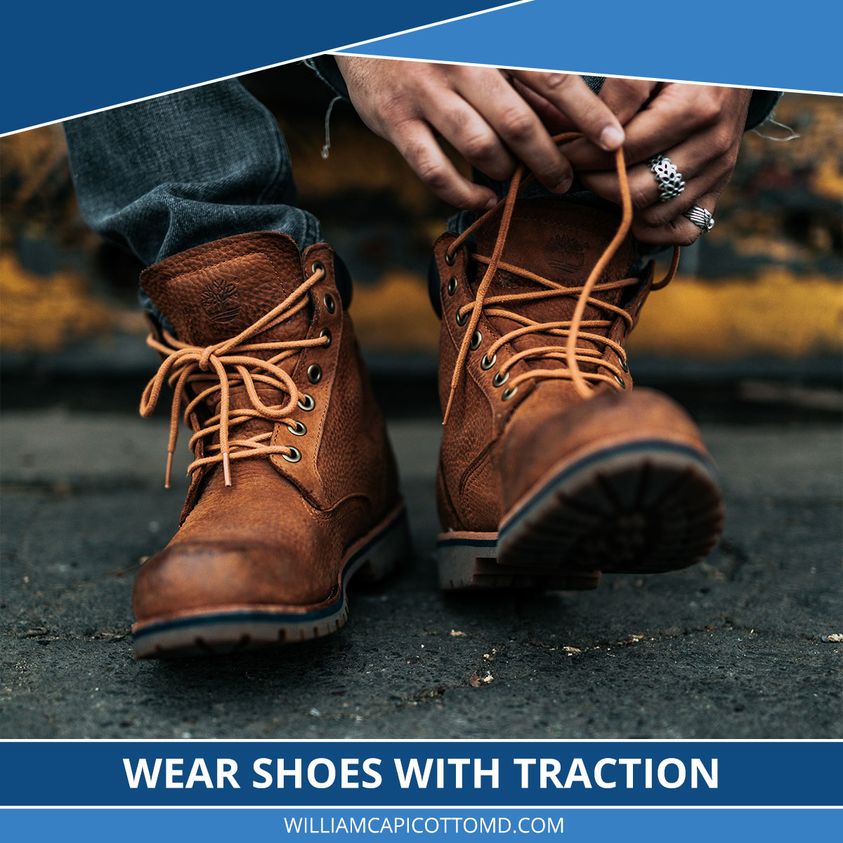
There are a variety of symptoms for a herniated disc. However, these symptoms can vary depending on where the disc herniation occurs in the spine. The spine can be broken down into three segments: the cervical, thoracic and lumbar. The most common type of herniated disc is one in the lumbar spine and will affect the lower extremities of the body. Signs of a lumbar herniated disc can vary from moderate back pain to widespread numbness and weakness.
Symptoms of a Lumbar Herniated Disc
Leg pain that is worse than lower back pain
Nerve pain in the leg
Symptoms may be experienced in the low back, buttock, front or back of the thigh, the calf, foot and/or toes
Symptoms typically affect one side of the body
Numbness, a pins-and-needles feeling, weakness, and/or tingling in the leg, foot, and/or toes.
Pain that develops quickly
Foot Drop (Difficulty lifting the foot when walking or standing on the ball of the foot)
Pain that worsens with movement
Lower back pain that is dull or throbbing
Pain that worsens with slouching, bending forward at the waist or hunching in a chair
The symptoms of a lumbar herniated disc are usually more severe if the herniation is extensive. In some cases, lower back or leg pain that occurs for a few days and then goes away can indicate a herniated disc. If the herniation does not affect a nerve, the pain can be milder and limited to the lower back. However, it is common for a herniated disc to press against a nerve. If the disc affects a nerve, like in the L4 and L5 discs, leg weakness, an inhibited gait or pain down the leg may be experienced. A more serious problem is if a herniated disc included bladder problems. In that case, you should go see a doctor immediately.
Treating Herniated Discs
If you suspect you have a herniated disc, you should see a specialist. The majority of herniated discs will heal without surgery, but a doctor will be able to conduct a physical exam, diagnose the location of the herniated disc and set up a plan for treating it. If treatment fails, your doctor may suggest surgery to remove the disc.
Treatment can include:
- Rest
- Over-the-counter pain medication
- Physical therapy
- Stretching exercises
- Corticosteroid injections
When it comes time for you to discuss your treatment options, contact William Capicotto, MD.


